Japanese Buddhist Statues: A Guide from Nyorai to Shitenno
For many a trip to Japan is not complete without a stop in one of the many Buddhist temples dotting the country. For some, going to temples is a unique opportunity to experience the timelessness of Japanese culture. However, you cannot forget that temples are religious sites. These temples typically enshrine statues of a principal Buddhist deity, called a honzon. In addition to the honzon, temples will often have Buddhist statues of other deities as well. Naturally then, it is important to know what is what when you visit a temple!
Japanese Buddhist Statues: Bosatsu, Nyorai, Myo-o, and Deities
When you say “Buddha statues”, there are basically two kinds: bosatsu and nyorai. While Nyorai is the version of Buddha after he obtained Enlightenment, Bosatsu is a depiction of Buddha still seeking Enlightenment.
The appearance of these two versions of Buddha is also very different. Nyorai only wears simple robes, Bosatsu often wears some accessories. This is because Bosatsu still has earthly desires and attachments.
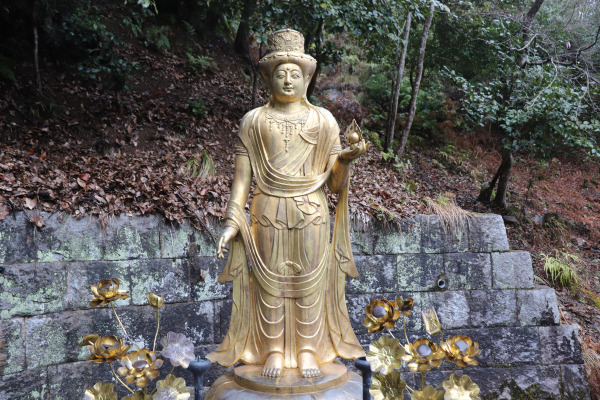
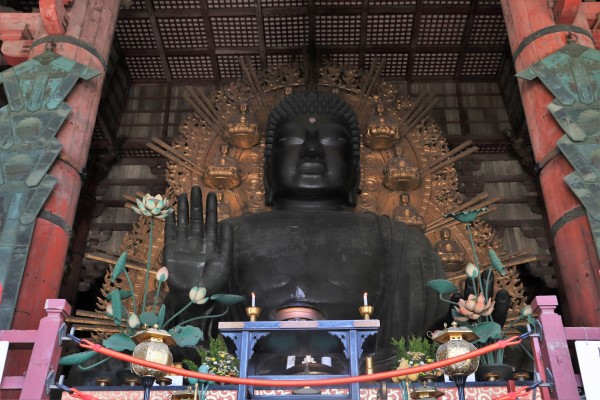
Besides nyorai and bosatsu, there are myo-o such as Fudo Myo-o. The Shitenno are a kind of myo-o as well. Myo-o is clearly differentiated from bosatsu and nyorai because they are not versions Buddha, but minor gods who live in heaven or Tenbu. Those gods are often from Hindu gods and each is often so unique in appearance that is hard to generalize what they look like. That being said, Myo-o is the guardian of Buddhism and often has a fearsome face and wields various weapons with their multiple arms, as they try to force people to follow the Buddhist faith.
Nyorai
Amida Nyorai
Amida Nyorai is the most popular Buddhist deity in Japan as you may know Amidabutsu in Namuamidabutsu means Amida-nyorai. When you die and you successfully attain enlightenment, he will guide you to nirvana in the far west with the other 25 bosatsu.
Since the Heian period, people have made many Amida Nyorai in hope of going to nirvana. The principal Buddhist statue of many temples of Jodo sect of Jodoshin sect is AmidaNyorai.
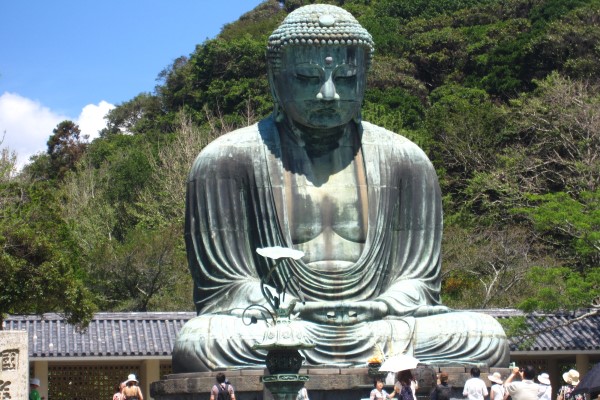
Temples with Famous Amida Nyorai: Byodo-in ( Japanese National Treasure), Hokai-ji (Japanese National Treasure), Jyoruri-dera (Japanese National Treasure), Ninna-ji
Shaka Nyorai
Shaka Nyorai refers to Shaka (Buddha) himself when he attained Enlightenment. In very early Japanese Buddhism, nyorai always meant Shaka Nyorai. There are several positions of Shaka Nyorai such as sitting and preaching, standing and lying down, though sitting is the most common.
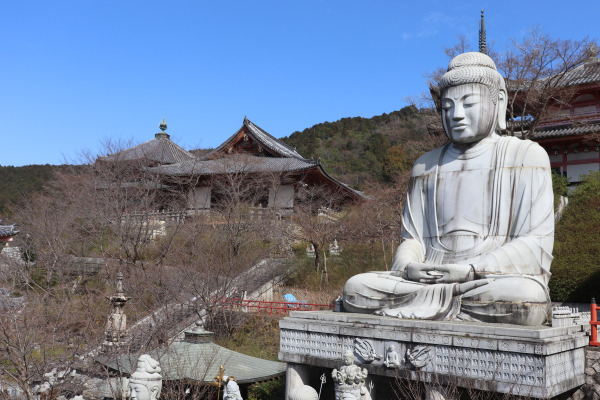
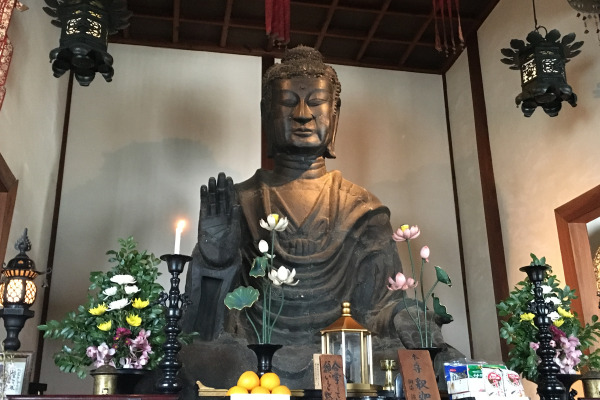
Temples sometimes enshrine Shaka Nyorai with Monjyu Bosatsu and Fugen Bosatsu. In many zen temples, the principal statue is Shaka Nyorai.
Temples with Famous Shaka Nyorai: Asuka Temple, Horyu-ji (Japanese National Treaure), Muro-ji (Japanese National Treaure)
Yakushi Nyorai
Yakushi Nyorai saves people from disease or hunger. He differs from other Buddhist deities in that he grants blessings in our current life. In contrast to Amida Nyorai, who is a guardian of the Western Nirvana, Gokuraku Jodo, Yakushi Nyorai is the guardian of the Eastern Nirvana, Ruriko Jodo.
He usually has medicine pots in his left hand and is often enshrined with Gakko and Nikko Bosatsu, or his 12 apostles, called the Jyuuni Shinsho.
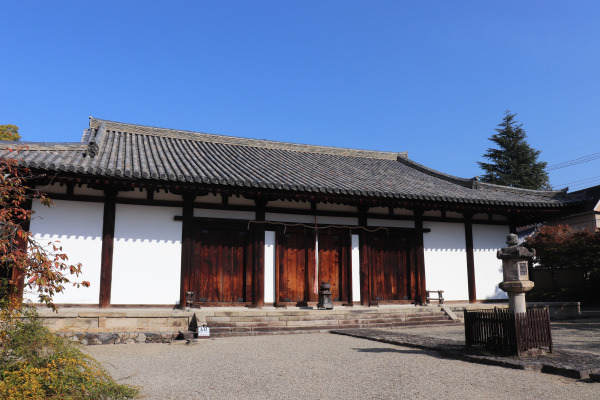
Temples with Famous Yakushi Nyorai: Horyu-ji, Yakushi-ji, Shin-yakushi-ji, Daigo-ji
Dainichi Nyorai
Dainichi-nyorai is a Buddha who illuminates everything with its strong power. In Shingon Buddhism (or Esoteric Buddhis), he is the origin of everything and he is the universal truth. In Shingon Buddhism, there are two different realms, called Diamond Realm (Kongo-kai) and Womb Realm (Taizo-kai) and each realm has a different Dainichi Nyorai.
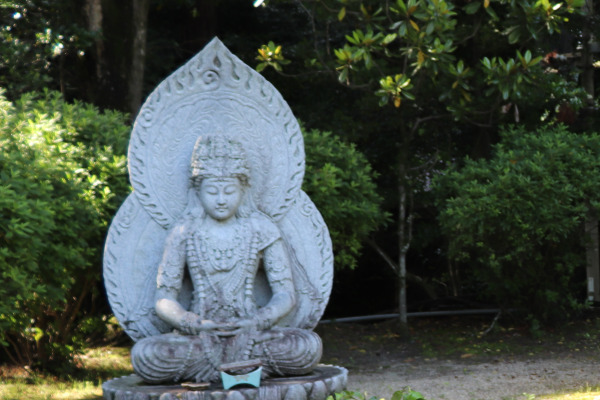
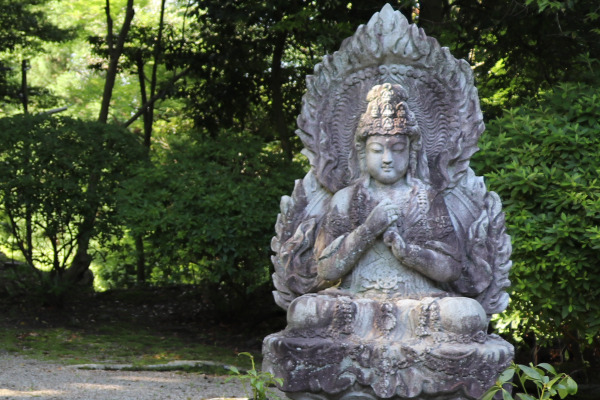
While almost all nyorai do not wear any accessories, Dainichi Nyorai has a crown.
Temples with famous Dainichi Nyorai: Kongobu-ji, To-ji, Enryaku-ji, Ensei-in
Bosatsu
Kannon Bosatsu
Kannon Bosatsu is one of the most popular Buddhist deities. Though all bosatsu and nyorai are technically men as they are depictions of Buddha, Kannon Bosatsu are often described as a female. She listens to people and helps free them from their suffering.
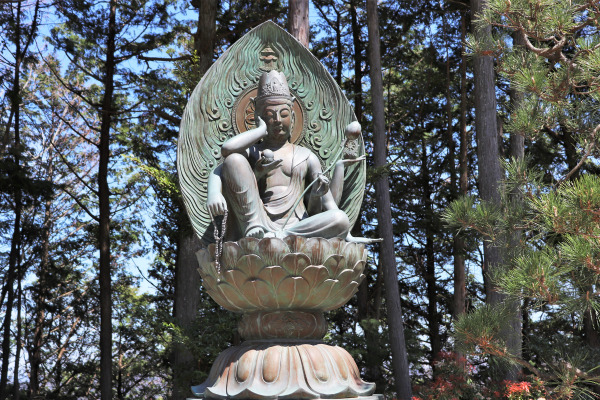
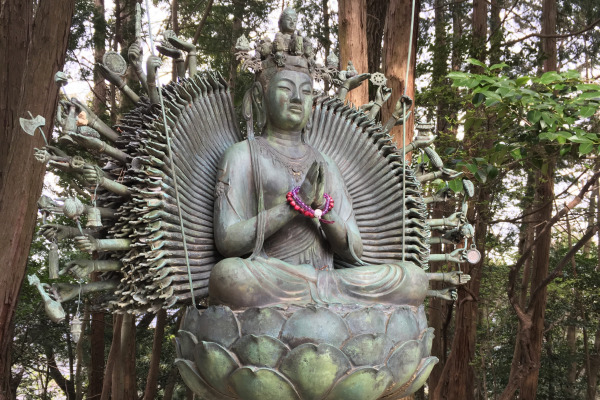
She has 33 different forms such as Bato Kannon, Nyoirin Kannon, and Sei Kannon. This is why there are 33 temples in the famous Saigoku Kannon Pilgrimage. It is hard to say what she generally looks like as there are many different variations. However, she often holds a water pitcher or lotus flower in her hand.
Temples with famous Kannon Bosatsu: Hase-dera (Japanese National Treasure), Fujii-dera (Japanese National Treasure), Yumedono in Horyu-ji (Japanese National Treasure)
Miroku Bosatsu
Miroku Bosatsu is the highest rank of bosatsu. He is going to be the next Buddha, appearing in the world and helping people 5,6700,000,000 years after Buddha died. Since it is a high-rank bosatsu, Miroku Bosatsu is sometimes referred to as Miroku Nyorai.
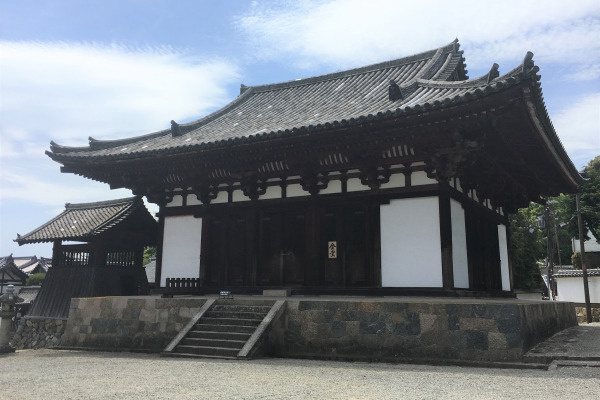
There are several ancient Buddhist statues of Miroku Bosatsu, most of which are Japanese national treasures. Famous Miroku Bosatsu made in the 8th century folds his legs, wondering how they can save people.
Famous Temples for Miroku-bosatsu: Koryu-ji (National Treasure), Taima-dera (National treasure)
Jizo Bosatsu
If you walk around Japan, you can easily find Jizo along the roadsides. In fact, jizo’s acttual name is Jizo Bosatsu. Jizo Bosatsu is believed to help people in the modern world until the arrival of Miroku Bosatsu.
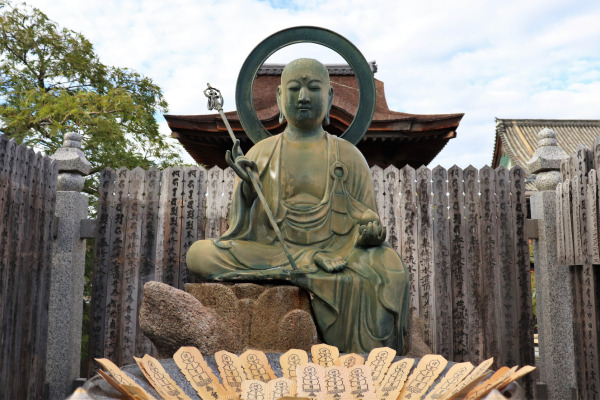
Jizo-bosatsu is also the guardian of children, which is why statues of jizo sometimes look childlike. They look quite simple and often hold a cane with jingles in their right hand.
Temples with famous for Jizo Bosatsu: Obitoke-dera, Rokuharamitsu-ji, horyu-ji, Jyoruri-dera
Myo-o and Deities
Fudo Myo-o
Fudo Myo-o is one of the most famous myo-o. He is also the Hindu god, Shiva, and in Japan, it is believed that Dainichi Nyorai turned himself into Fudo Myo-o. He is commonly enshrined in Shingon Buddhist temples.

While other myo-o has many arms with several weapons, Fudo Myo-o has only two arms with a sword and rope. Temples will sometimes enshrine him alongside his henchman, Hachidai-douji.
Famous Temple for Fudo Myo-o: To-ji
Shitenno
Served to a god, Taishaku-ten, the Shitenno are the gods who protect Buddhism from evil spirits. Shitenno consists of Tamon-ten, Zocho-ten, Jikoku-ten, and Komoku-ten, protecting north, south, east, and west respectively. They are gods, meaning they live in heaven or tenbu, so they are neither bosatsu nor nyorai.

Since they are guardians, each god has quite a fierce expression and carries weapons to ward off evil spirits. Some statues have the shitenno stepping on an ogre called jyaki. Because they are warriors, people sometimes worship them as gods of war. In particular, Tamon-ten is a bit special and is sometimes a principal deity. In such as case, he is referred to as Bishamon-ten.
Famous Temple for Shitenno: Horyu-ji, Todai-ji, Shitenno-ji, Kofuku-ji

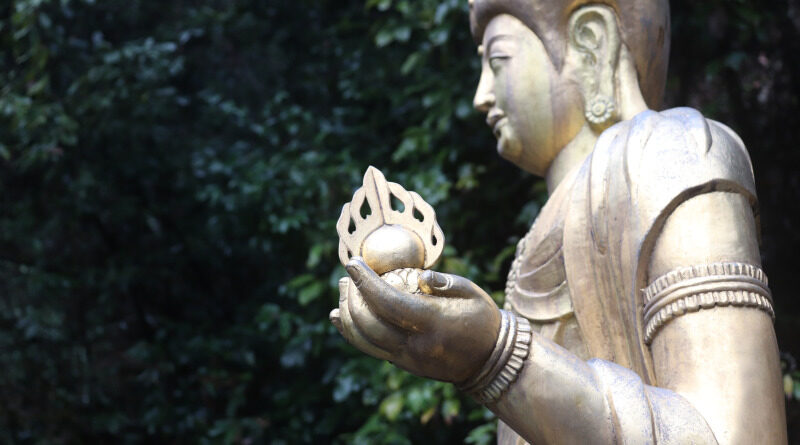
Leave a Reply